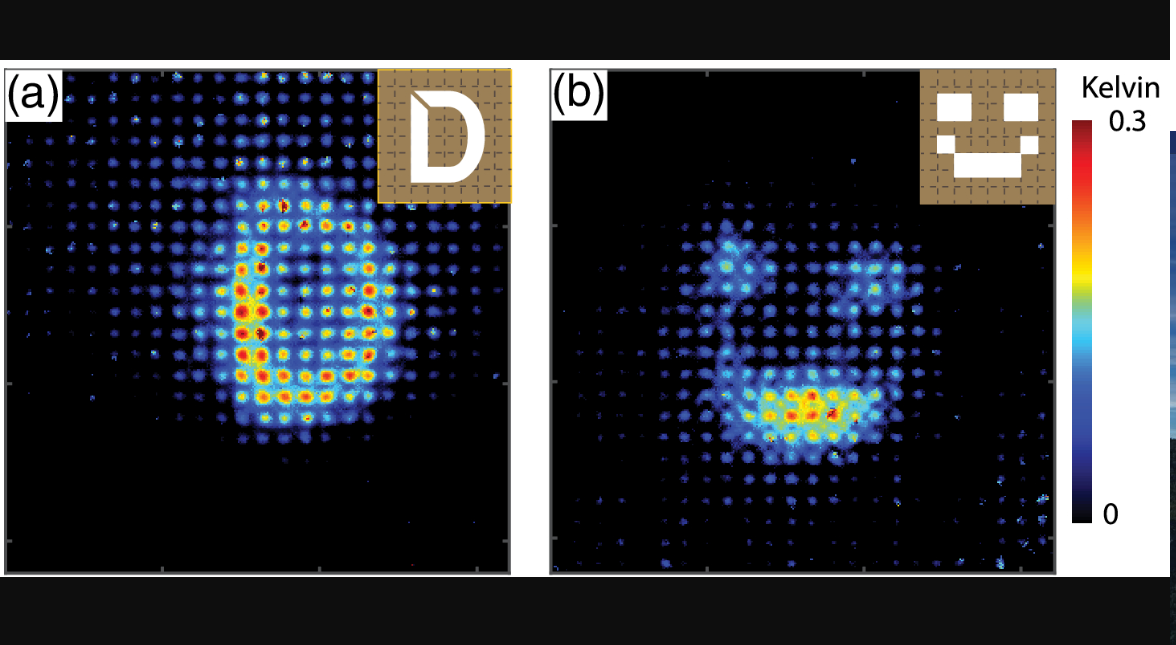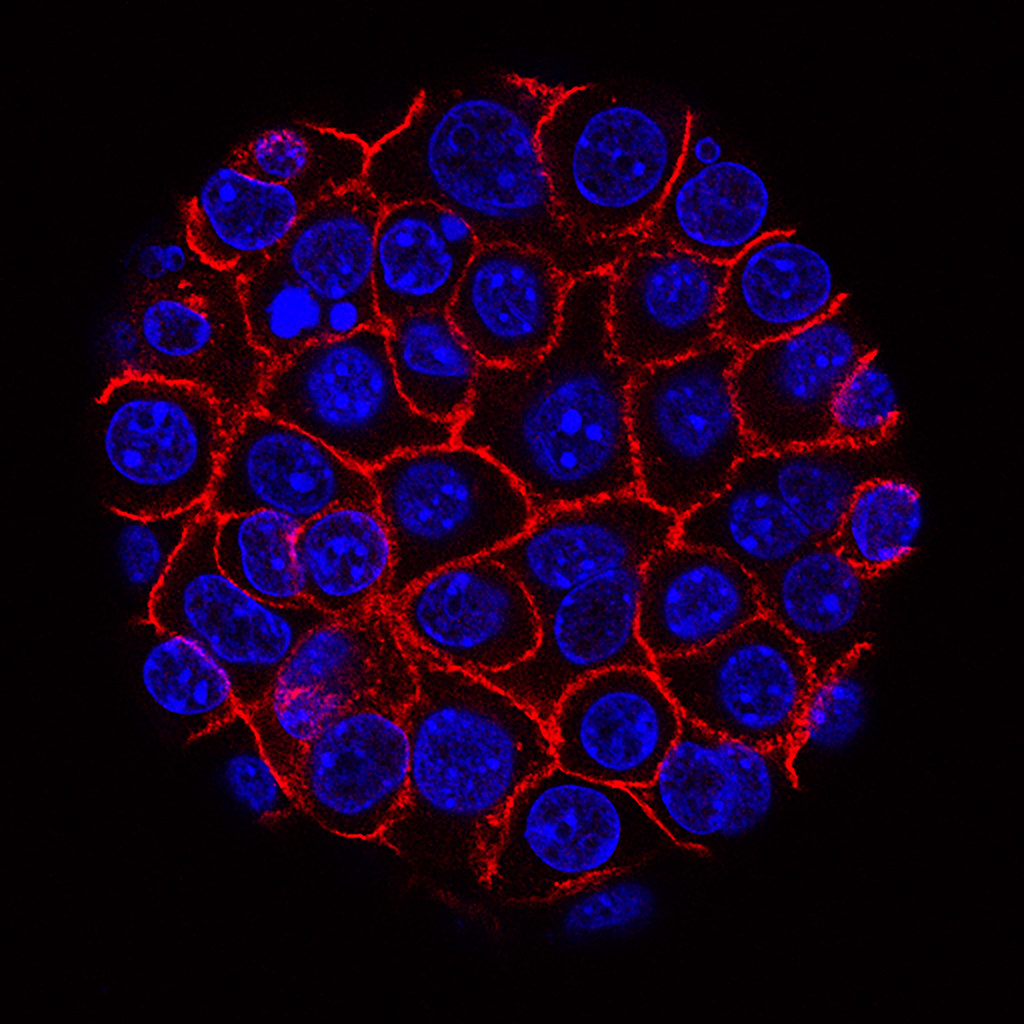- Agriculture
- Antibiotic/anti-viral
- Biologics
- Biomarkers
-
By Clinical Application
- Anesthesiology
- Blood & Lymphatic Disease
- CNS & Neurosciences
- Dermatology
- Diabetes, Metabolism, Endocrinology & Obesity
- Ear, Nose, & Throat
- Emergency Services
- Gastroenterology & Digestive Disease
- General & Plastic Surgery
- Health Education, Medical Training and Operations
- Heart and Vascular
- Immunology, Autoimmune & Inflammation
- Infectious Diseases
- Mental Health
- Multiple clinical applications
- Musculoskeletal Disorders, Orthopedics/Bone
- Nephrology/Renal
- Oncology x
- Ophthalmology
- Orphan Diseases
- Pediatrics
- Physical Medicine & Rehabilitation
- Radiology
- Regenerative Medicine / Tissue Engineering
- Reproductive Health: Obstetrics & Gynecology
- Respiratory & Pulmonary
- Surgery
- Transplantation
- Urology
- Wound Healing
- COVID-19
- Creative Works
- Diagnostics ×
- Drug Delivery
- Drug screening and discovery
- Energy, Cleantech & Environmental
- Engineering & Physical Sciences
- Gene therapy
- Imaging
- Materials
- Medical Devices
- Nutraceuticals
- Other
- Research & Design Tools
- RNAi/siRNA
- Sensors & Controls
- Small molecules
- Software & Information Technology
- Stem Cells
- Vaccines
- Veterinary Medicine
New small molecules targeting castration-resistant prostate cancer
Unmet Need Prostate cancer (PC) is the second most common male cancer globally and represents 15% of all cancers diagnosed in males. An estimated 34,700 deaths were predicted to occur from PC in the U.S.…
A novel immune competence blood test to predict responsiveness of tumors to cancer immunotherapy
Unmet Need Cancer immunotherapy provides great advantages over traditional cytotoxic chemotherapy and radiation with more durable clinical outcomes and an improved quality of life. The number of US patients eligible for immunotherapy was estimated to…
Breast cancer risk prediction technology using genomic classifier
Unmet Need The earliest form of breast cancer, ductal carcinoma in situ (DCIS), is diagnosed in almost 50,000 people in the U.S. each year. DCIS is considered noninvasive, as abnormal cells have not spread out…
A genomics-based method to identify cancer patients that will benefit from immune checkpoint therapy
Unmet Need Non-small-cell lung cancer accounts for 82% of all lung cancer diagnoses. Immune checkpoint blockade treatment is an exciting new course of action among advanced stage non-small-cell lung cancer patients. However, only a minority…
Genomic Biomarkers of Locally Advanced Breast Cancer (LABC) and Inflammatory Breast Cancer (IBC)
Unmet Need Locally advanced breast cancer (LABC) and inflammatory breast cancer (IBC) are associated with high 5-year mortality rates (respectively 55% and 33%), especially when compared to early-stage breast cancers (~80%). LABC and IBC are…
All dielectric absorber for improved real-time imaging in the terahertz spectrum
Value Proposition Discoveries over the past decades have unveiled unique characteristics of the far-infrared or terahertz (THz) spectrum spanning from 0.3 THz to 10 THz, including non-ionization of biological materials, easy penetration into dielectric and…
Machine learning algorithm to predict malignancy in thyroid nodules
Value Proposition An estimated 10% of the general population in the United States are expected to develop a thyroid nodule in their lifetime. Although the vast majority of thyroid nodules are noncancerous, a small proportion…
A method of identifying a B cell malignancy as Hodgkin’s Lymphoma
Unmet Need Malignancies derived from mature B cells are common and constitute the majority of blood cancers. The biology of these leukemias and lymphomas reflect defined stages of normal B-cell differentiation. Correct diagnosis of B…
Optical device for in vivo assessment of tissues
Value Proposition Fluorescence and diffuse reflectance spectroscopy in the ultraviolet-visible (UV-VIS) spectrum are increasingly being investigated for tissue characterization. These biological scatterers, absorbers, and fluorophores may be used to indicate the existence of certain diseases.…
A computational algorithm-based method for extracting intrinsic fluorescence properties of tissue
Value Proposition Fluorescence spectroscopy has been used successfully to discriminate premalignancy and malignancy in a number of organ sites. However, due to the complex interplay of absorption, scattering, and fluorescence in tissue, it is difficult…
Fiber optic probes with self-calibration capability for tissue optical spectroscopy
Value Proposition UV-visible (UV-VIS) diffuse reflectance spectroscopy (DRS) is sensitive to the absorption and scattering properties of biological molecules in tissue and thus can be used as a noninvasive in vivo tool to obtain quantitative…
Prognostic and predictive blood-based biomarkers for pancreatic cancer
Value Proposition Pancreatic cancer is among the deadliest types of cancer, with only 8.2% of patients surviving five years after diagnosis. Therapeutics that inhibit either VEGF signaling pathways or mitogenic signaling through the epidermal growth…










